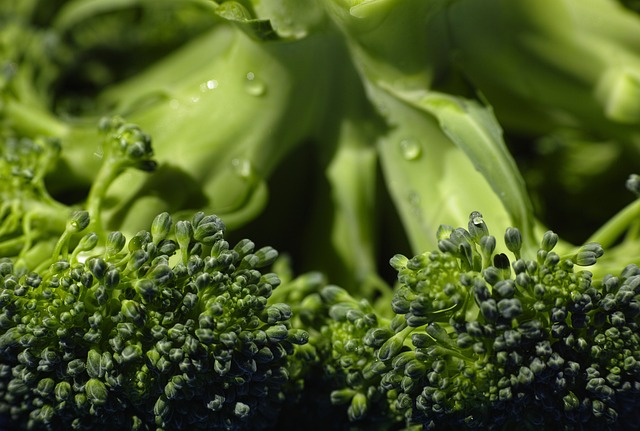The Benefits of Raw Food Diets for Dogs
As a dog owner, you want the best for your furry friend. With so many dietary options available, it can be overwhelming to decide what’s best for your pet’s health and wellbeing. One growing trend that has gained popularity in recent years is raw food diets for dogs. But what are the benefits of switching to a raw diet for your dog? In this article, we’ll explore the advantages of feeding your dog a raw food diet and provide you with the knowledge and tools to make an informed decision.
One of the main reasons why many pet owners opt for a raw food diet is that it can help improve their dog’s overall health. Raw diets are made up of uncooked meat, bones, fruits, and vegetables, which provide essential nutrients and vitamins that are often lacking in commercial dog foods. For example, raw diets contain high amounts of protein, omega-3 fatty acids, and antioxidants, all of which are vital for maintaining a healthy coat, digestion, and immune system.
Another benefit of raw food diets is that they can help reduce the risk of certain health problems common in dogs, such as arthritis, allergies, and digestive issues. Raw diets contain anti-inflammatory properties from fruits and vegetables, which can help alleviate joint pain and promote healing. Additionally, many pet owners report a significant reduction in their dog’s shedding, acne, and ear infections after switching to a raw diet.
But how do you go about incorporating raw food into your dog’s diet? The good news is that it’s easier than you think! Here are some simple steps to get you started:
Step 1: Consult with Your Veterinarian
If you’re considering switching to a raw food diet, it’s essential to consult with your veterinarian first. They can help determine whether a raw diet is right for your dog and provide guidance on how to implement the changes.
Step 2: Choose the Right Foods
There are many commercial raw food products available on the market, but you’ll also need to consider adding fresh fruits, vegetables, and herbs to your dog’s diet. Some healthy options include:
- Fresh berries (such as blueberries, strawberries, or raspberries)
- Leafy greens (such as kale, spinach, or collard greens)
- Vitamins and minerals-rich fruits like papaya or pineapple
- Bones (such as marrow bones or knuckle bones)
Step 3: Prepare Your Dog’s Meals
There are many ways to prepare your dog’s raw meals, depending on what you have available at home. Some popular options include:
- Raw meatballs made from ground beef or chicken
- Raw vegetable strips cooked in a pan with some oil and seasonings
- Pureed fruits and vegetables as a treat or snack
Step 4: Gradually Introduce New Foods
When introducing new foods to your dog’s diet, it’s essential to do so gradually. Start by mixing in small amounts of the new food into their regular meals and observe for any adverse reactions.
Summary of Key Points:
Incorporating raw food into your dog’s diet can have numerous benefits for their health and wellbeing. From improving digestion and reducing inflammation to promoting overall vitality, a well-planned raw diet can be an excellent choice for many dogs. By following these simple steps and consulting with your veterinarian, you can create a delicious and nutritious meal plan that will leave your furry friend wagging its tail in joy.
Conclusion:
In conclusion, a raw food diet can be an excellent option for dogs looking to improve their health and wellbeing. With the right guidance and tools, pet owners can easily transition their dog to a raw diet, providing them with a balanced and nutritious meal plan that meets all their nutritional needs. So why not give it a try? Consult with your veterinarian, choose the right foods, prepare delicious meals, and watch your furry friend thrive on this healthy and natural diet.
Tags:
dietary-advantages-of-raw-food-for-dogs
benefits-of-raw-food-diets-for-dogs
rare-food-diets-for-cats-and-dogs
natural-diet-plan-for-pet-dogs
paws-itively-nourished-dog-food

